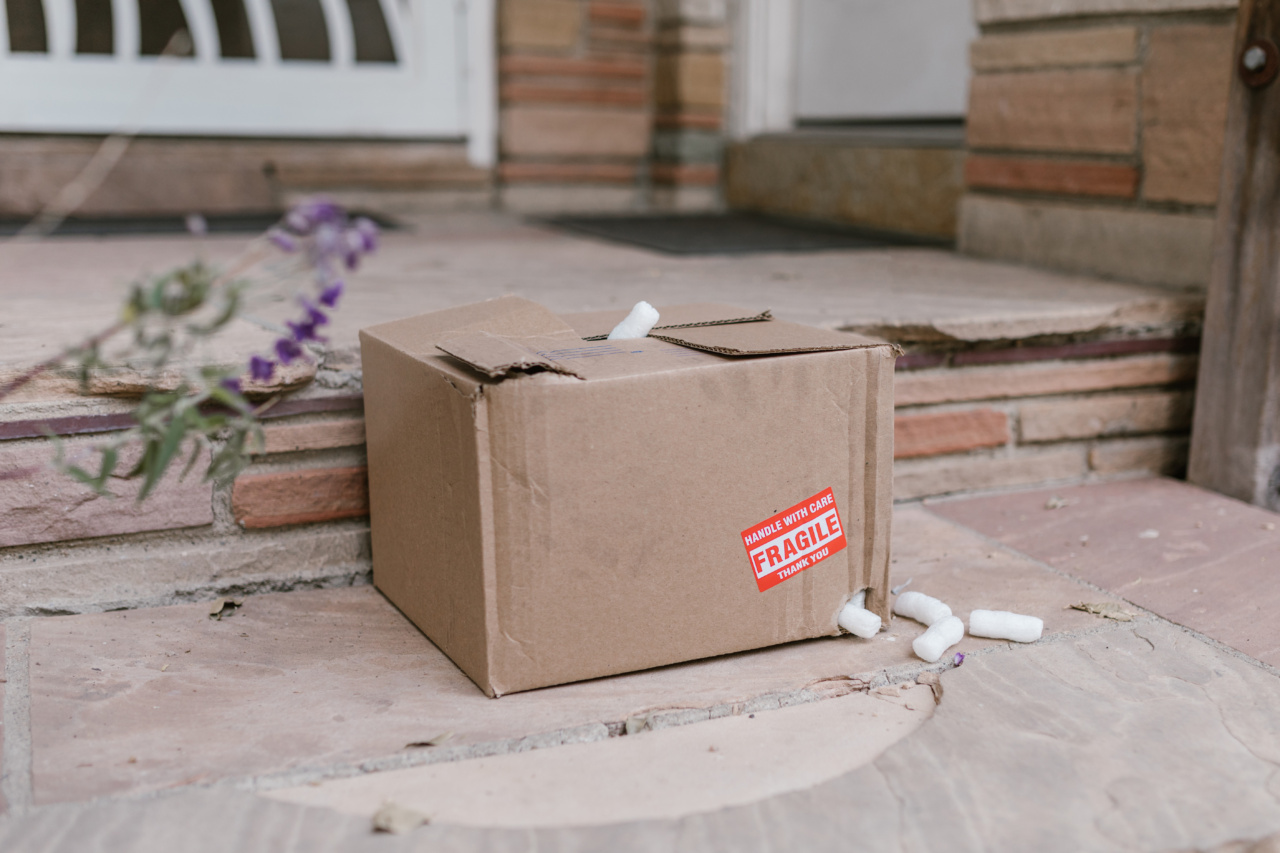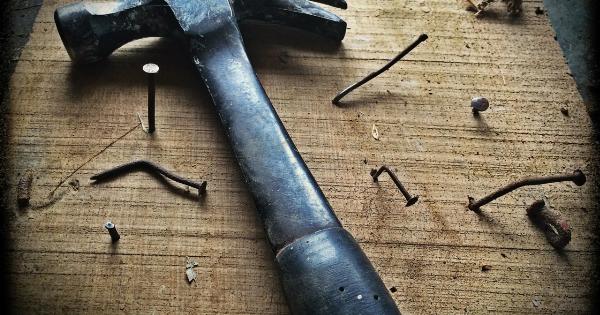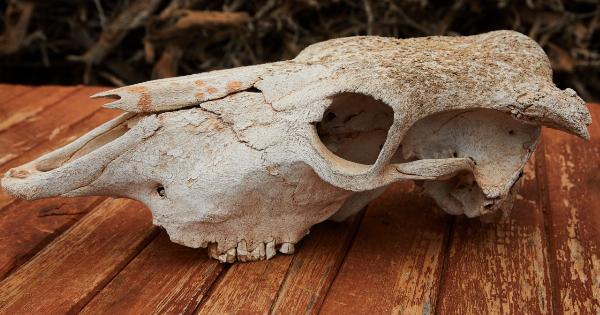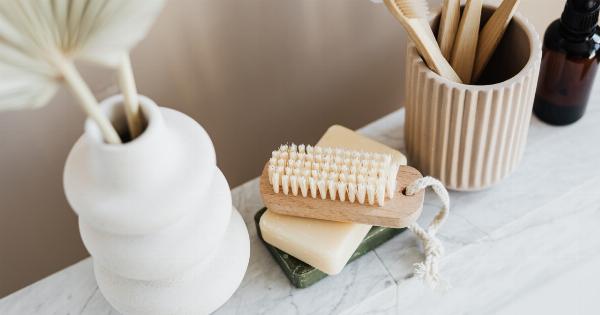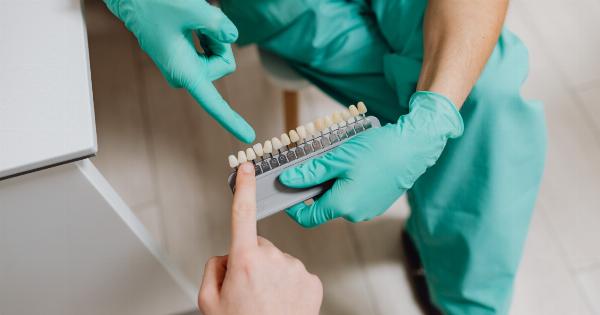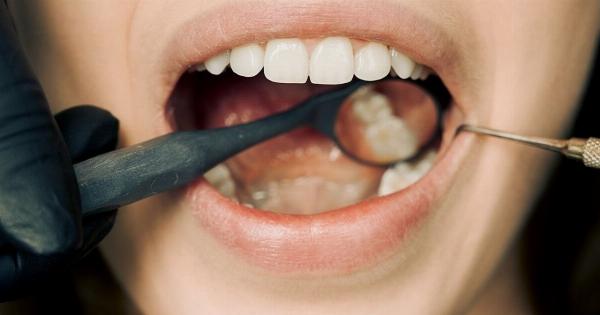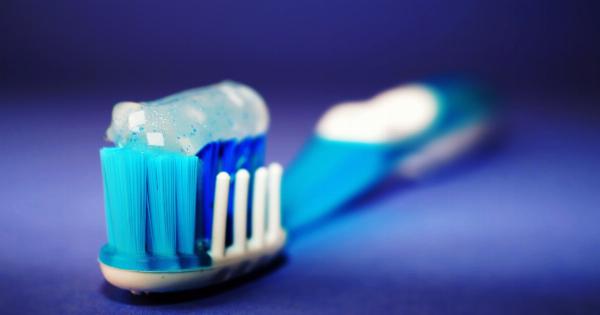Having a damaged tooth can be a painful experience and requires immediate attention to prevent further damage. A damaged tooth can also affect your appearance and dental health if left untreated.
It is essential to take the necessary steps to save a damaged tooth to ensure long-term dental health. The following steps can help you save a tooth that has been damaged:.
Step 1: Identify the Damage
Before attempting to save a damaged tooth, you must first identify the type and extent of the damage. There are several types of damage that can occur to a tooth, such as:.
- Chipped tooth
- Cracked tooth
- Fractured tooth
- Broken tooth
- Knocked-out tooth
Depending on the extent of the damage, the treatments and steps to save the tooth will differ.
Step 2: Rinse the Mouth and Tooth
After identifying the damage, the next step is to rinse your mouth and the affected tooth with warm water. This will help to remove any debris or remaining tooth fragments that may be stuck in your mouth or on the tooth’s surface.
Rinse your mouth out several times until the water is clear.
Step 3: Control the Bleeding
If there is any bleeding, use a clean cloth or gauze to apply pressure to the affected area. This will help to control the bleeding and reduce the risk of infection.
Hold the cloth or gauze firmly against the affected area for several minutes until the bleeding stops.
Step 4: Apply a Cold Compress
If you are experiencing swelling or pain, apply a cold compress to the affected area. This will help to reduce inflammation, pain, and swelling. A cold compress can be made by wrapping ice cubes in a clean cloth or using a cold pack.
Apply the compress to the affected area for short intervals, around 10-15 minutes each time.
Step 5: Use Pain Medication
If you are experiencing pain, you can take over-the-counter pain medication. Remember it’s important to not exceed the recommended dose. Avoid aspirin as it can increase bleeding.
This can be discussed over the phone with your dentist when you call them up for an appointment.
Step 6: Save the Fragment or Tooth
If the tooth has been chipped or fractured, it may be possible to save the tooth fragment or the entire tooth. Place the fragment or tooth in a small container with milk to keep it moist and protect it from further damage.
If milk is not available, you can also use a saline solution or water with a pinch of table salt.
Step 7: Schedule an Emergency Appointment with a Dentist
After following the above steps, it’s important to schedule an appointment with a dentist as soon as possible. The dentist will examine the damaged tooth and provide you with the necessary treatment and care.
In some cases, a damaged tooth may require a root canal or dental crown to restore it to its original condition.
Step 8: Follow Up with Dental Treatment
After receiving the necessary treatment from the dentist, it’s important to follow up with dental treatment as recommended. This may include additional dental appointments or medication.
Regular dental checkups and cleanings are also essential to maintaining long-term dental health and identifying potential problems early on.
Step 9: Maintain Good Oral Hygiene
Good oral hygiene is essential to maintaining long-term dental health and preventing dental problems. This includes brushing your teeth at least twice a day, flossing regularly, and using mouthwash.
Avoid hard or sticky foods that could damage your teeth and always protect your teeth during sports activities with the use of a custom-fitted mouthguard.
Step 10: Stay Aware of Any Changes
After experiencing a damaged tooth, it’s important to stay aware of any changes in your dental health, such as tooth sensitivity, pain, or swelling.
If you experience any changes, contact your dentist to schedule an appointment to avoid further damage.
